You might have thought about Brand Architecture and what’s Brand Architecture success is. Consumers’ views and choices about one brand they learn or interact with is successful Brand Architecture.
After years, the companies that succeed set an example of new and legacy brands with their own brand identity. It can be confusing for the customers, making them unable to buy.
Brand architecture is an essential guide and a part of brand strategies that ensure an organized brand structure focuses on value, identity, equity, communication, and targets. This also helps to control how your customers understand the brand.
The article summarizes what brand architecture is and how to get it done to grow the business.
Table of Contents
What Is Brand Architecture?
Brand architecture is a way to organize the brands, products, or services into sub-brands of the master brands. This model not only shows how the brands manage but also how they relate with each other. It also helps a marketer to separate the brands or bring them together to grow the market.
Let’s discuss types of brand architecture and how they work.
Types of Brand Architecture
-
- The branded house
- House of brands
- The endorsed brands
- Hybrid Brand
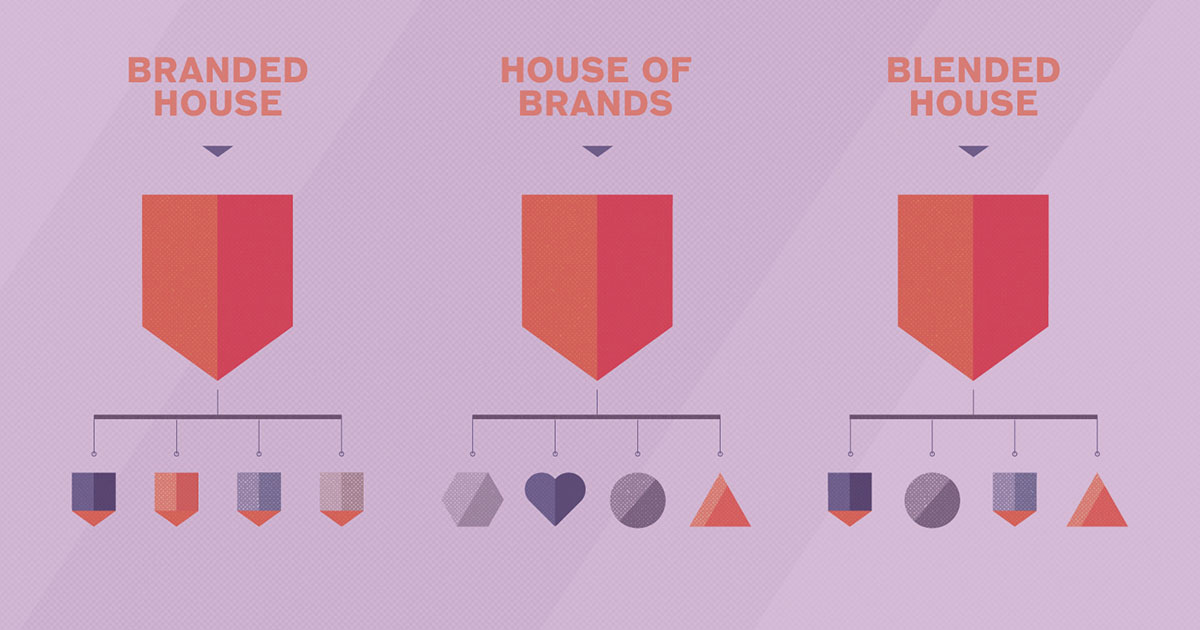
1. The Branded House
The branded house includes the master brand’s extensions with key features describing the products or services. Master brand is a part of this brand structure. All the sub-brands link with each other and work.
This architectural structure gets the benefits of brand equity, awareness, and customer loyalty. As a result, the customers would love to adopt such sub-brands without question. The reason is the master brand’s relationships and trust.
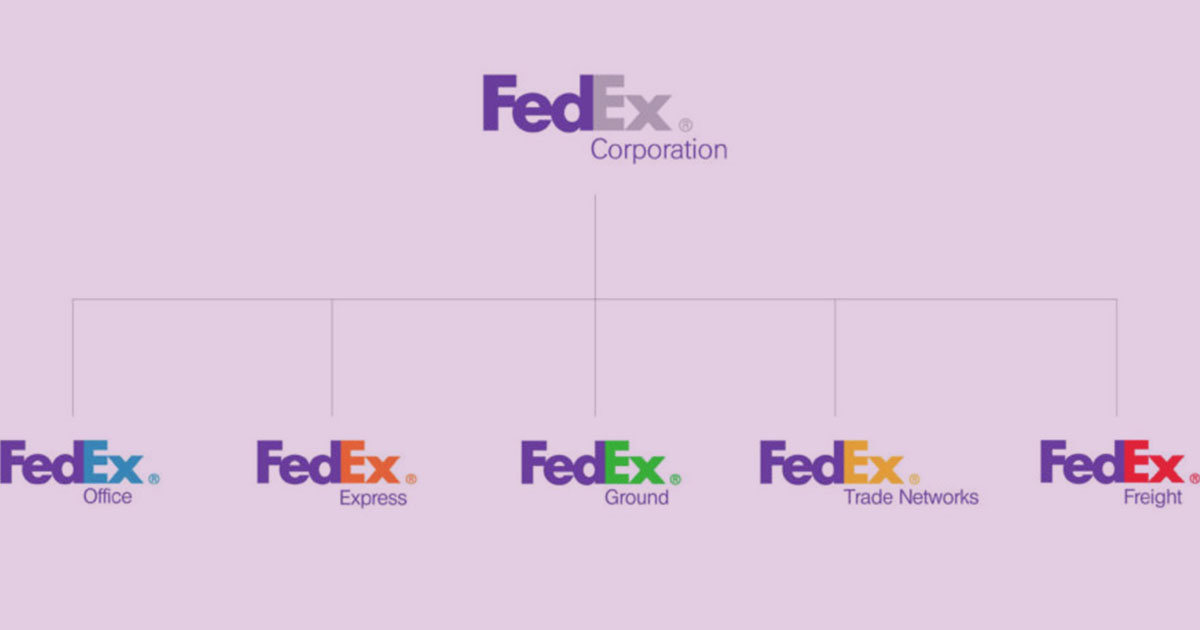
Example
FedEx is such a branded house model with a portfolio that runs different companies under the same master brand. Such kind of model provides greater customer experiences, thereby minimizing confusion and building brand equity.
Benefits Of Branded House
-
- Efficient marketing
- Advertising
- Positive impact
2. House Of Brands
The house of brands is different from the branded house because all sub-brands work independently. These are distinct from the master brand. Master brands under this structure do not focus on the same audiences but target a wide range of audiences from multiple industries.
This type of brand works well for consumers with variant brands. Whether products or service variations are known or not to consumers.
In this brand architecture, the parent brand remains hidden while getting benefits. This structure can be seen where the companies buy subsidiaries. These brands do not advertise their parent brand due to pricing, quality, or target audience strategies.
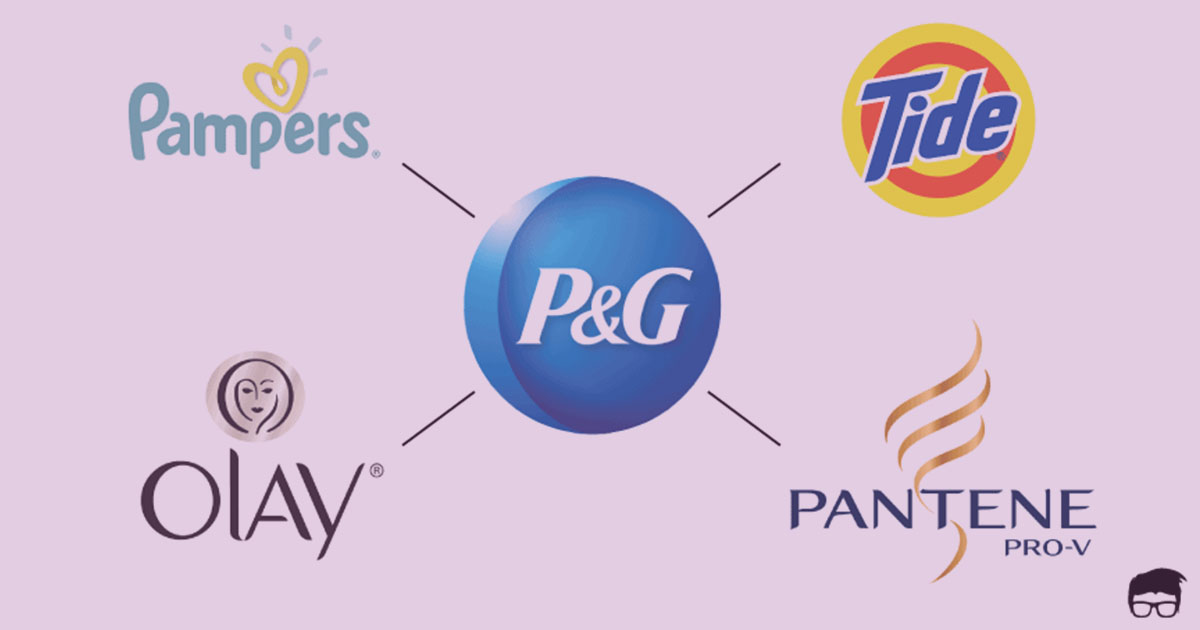
Example
Procter and Gamble is a house of a brand model in which a dozen products are marketed under this parent name. That makes sense and shows many products are marketing for decades under the P&G brand name.
Other examples:
-
- Newell
- Procter & Gamble
- Unilever
- Nestle
- General Motors
The benefit of House Of brands
-
- The benefit we get is to reach diverse audiences and markets.
- The sub-brand operates independently and has flexibility.
3. Endorsed Brands
This brand architecture comes between a branded house and a house of brands. The sub-brands show changes in position, appearance, and messaging while benefiting from the parent brand.
In the endorsed brand model, a two-way relationship forms that both brands enjoy the benefits. The parent brands show more power than the other brands in this.
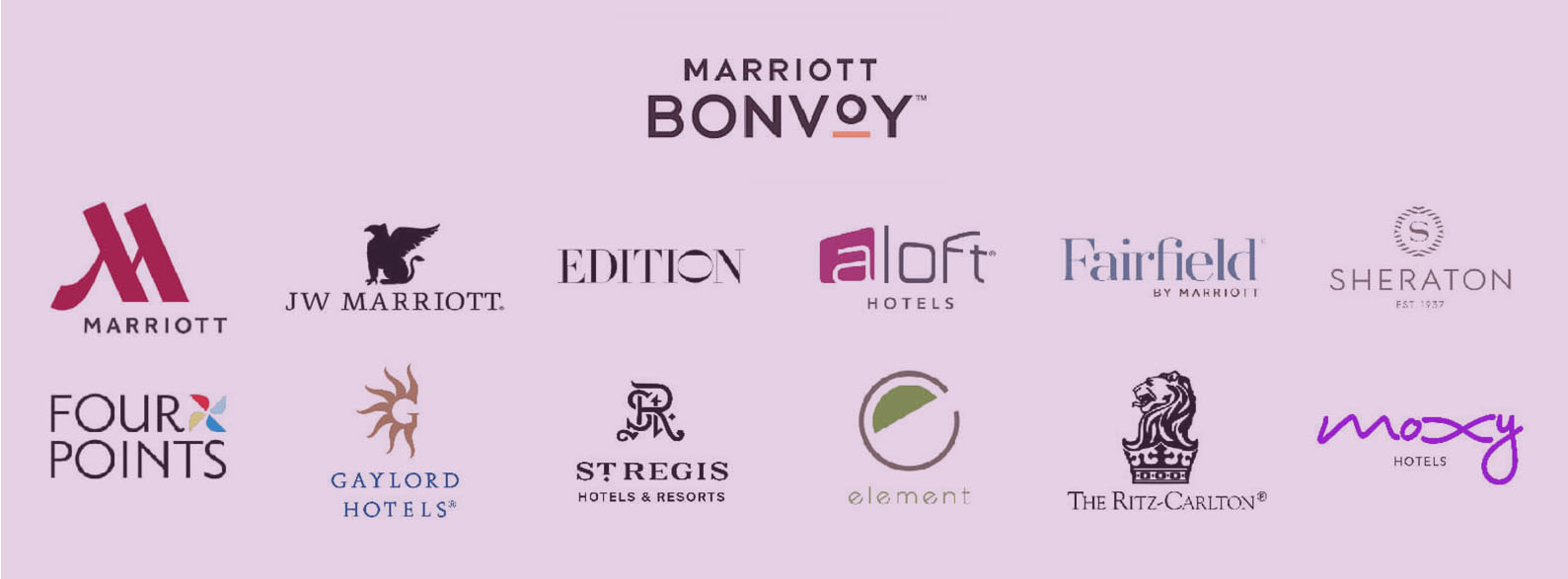
Example
An example of an endorsed brand is Marriott which provides a way in naming and building a brand.
Other examples include:
-
- Nabisco
- Kellogg
- Ralph Lauren
- Caterpillar
- Honda
4. Hybrid Brand
This model is a combination of two or more brand architectures. In this structure, the sub-brands follow the parent brand so that it feels like a parent brand.
It allows changes to multiple brands of different hierarchies, including various market brands. Even for small brands, it is better to work.
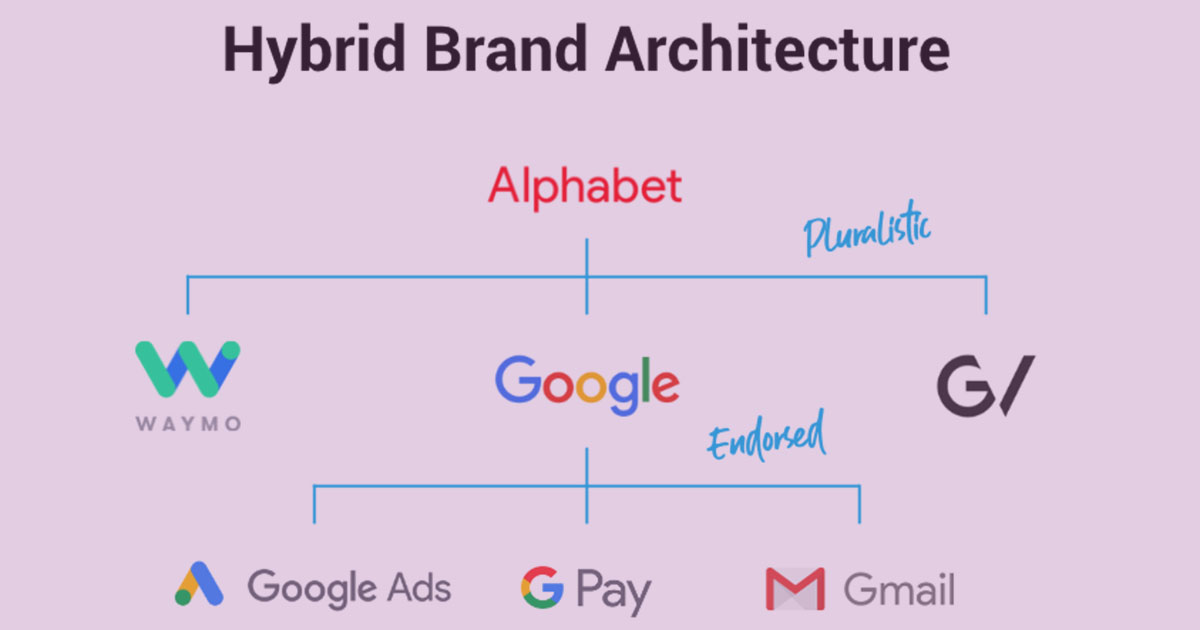
Example
Microsoft is a hybrid brand where the company uses the branded house strategy for Windows and Office. And the house of brands as well-Xbox.
Some other brands that are hybrid structures are:
-
- Alphabet
- Coca-Cola
- Microsoft
- Amazon
- Marriott Bonvoy
How To Get It Done?
Building a brand structure is not a simple task to be done overnight. It takes time and effort, including research, strategy, structure, and execution. This may involve:
- The customer views are important they tell you about what they value and how they see the company and market.
- A communications audit to see how the way you communicate with the marketplace.
- Understanding the competitor’s brand structure and way of communication needs competitor’s research.
- Need to create strategies for communications as well as for internal and external brand launches.
- One-to-one interviews with experts, stakeholders, and executives.
Wrap Up
What type of brand architecture you should choose for your company depends on the factors such as marketing goals, current architecture, products or services mix, and current product. It also needs to consider the customer experience.

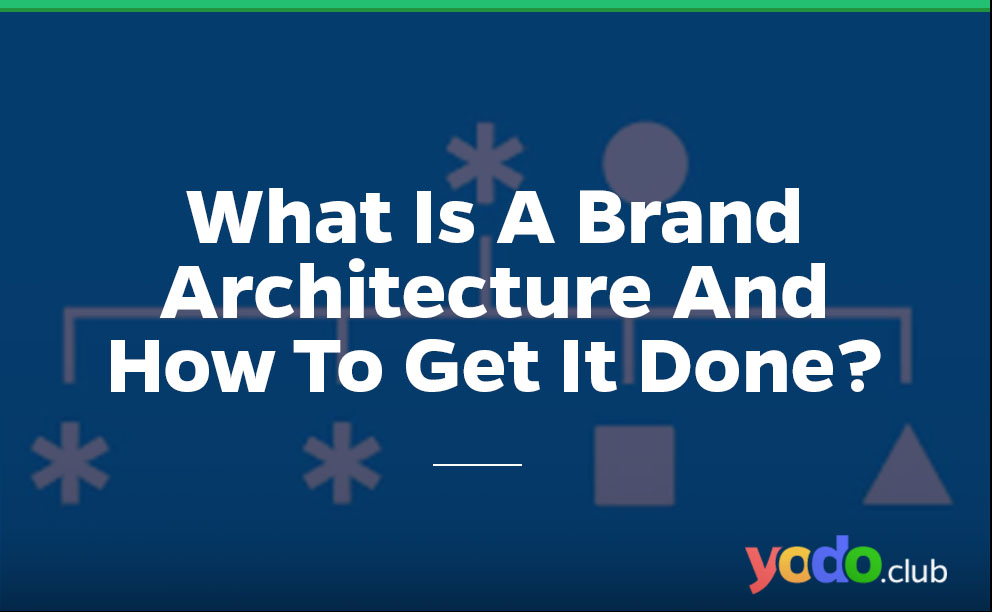


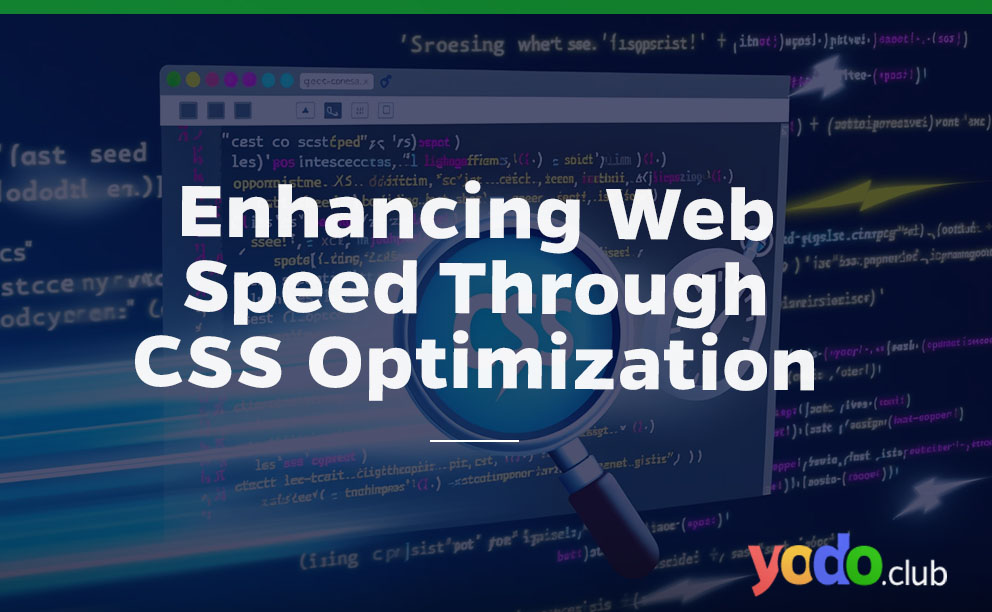

 & Passion.
& Passion.